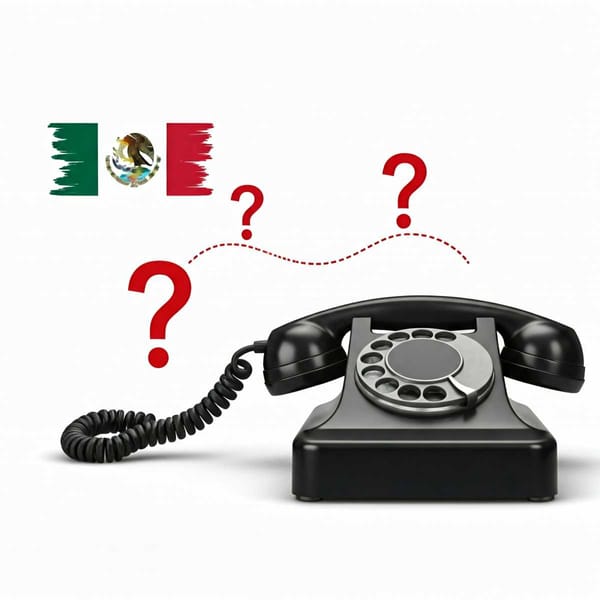Christmas, a celebration that brings people together
Its meaning has not changed: the birth of Jesus is remembered. The first reference to a Christmas banquet was in 379, in Constantinople. The Mexican contributions to this holiday include the after-dinner parties and the turkey.

Christmas is more than an important date in the Christian liturgical calendar. It is a worldwide celebration in which even those who do not profess this or any other religion participate, but who celebrate a social and, especially, family festivity. It is an interesting date from a historical and ethnographic point of view because it reflects many customs and traditions; it is a sample of what human communities have been over many centuries.
Regardless of what we believe or not, it is a time of celebration and reminds us that, no matter what time in history we have lived, at the end of the day we are human beings; on this date, humanity manifests itself attractively and interestingly. We can see if this 2021 gives us the possibility to meet again with our loved ones after the pandemic made us stay away in 2020.
The original meaning of Christmas has not changed: we remember the birth of Jesus, which, for religiously minded people, represents the arrival of hope in the world, the advent of the kingdom of God on earth, and for those who do not believe in Christ, it is an all-out celebration. The birthday of Jesus Christ was not always celebrated, nor was it celebrated on the same date. The original Christian church, that of the first two centuries, did not agree with celebrating the nativity, much less considering it an important date like Easter.
They considered the celebration of the birth of people as something proper to pagans (who worship "false" gods). That is why the festivity was delayed for centuries: the oldest reference to a Christian community celebrating the birth of Christ is found around the year 200, in Alexandria. Neither the Bible nor any Christian document gives the exact date of his birth. It is difficult for it to have been December 25, because the shepherds who went to worship him and their sheep would have frozen to death sleeping outdoors in the freezing temperatures of the end of the year.
The posadas ("after-dinner parties") and the guajolote ("turkey"), among Mexico's contributions to this festivity.
The establishment of that date was part of syncretism; instead of fighting with traditions, customs, and celebrations of rootedness in the populations to which it was arriving, Christianity adopted them and gave them a new meaning. This was the case of the celebration of the winter solstice (between December 23 and 26) in many pre-Christian cultures; it invariably has its origin in agricultural calendars. It was the longest night in the northern hemisphere and was considered the most dangerous time of the year when darkness was likely to remain permanently, so the dawn meant the triumph of the Sun, of light and the promise of the return of spring and the time to sow and harvest again.
In ancient Rome, on these dates we find important festivals of the ritual calendar; the most widespread was the Saturnalia or Saturnales, which lasted three or four days around the winter solstice and consisted of special topical events: they were times of rest, relatives were visited and gifts were given. The exchange was normal and it was seen that someone would arrive without gifts. In addition, hosts welcomed visitors with finer than usual food and wine. And not only that, it was the time when slaves were freed, when everyone was considered equal, of brotherhood.
Until the year 325 -when the Catholic, unified, universal Christianity was born, after the Roman Emperor Constantine convened the Council of Nicaea- Christmas and Epiphany (worship of the Kings) were established as liturgical feasts, between December 25 and January 6. There, for the first time, there was a coincidence between the birth of Christ and the winter solstice. Then, in the year 350, Pope Julius I proposed the date that is still commemorated today and, in passing, displaced the Saturnalia, which was still celebrated. Pope Liberius is credited with officially establishing the feast in 354.
The first reference to a Christmas feast within the Christian sphere was in 379, in Constantinople. The rites have changed little; in the case of believers, the main one is to attend the Eucharistic celebration or mass, which in many places takes place at midnight and is complemented by a family reunion; and a special celebration for non-believers. The exchange of gifts has been going on for more than two millennia.
Double fervor
Last year, due to a health emergency, most families were unable to meet or did so from a distance. In 2021, many are thinking about what to do to regain coexistence in the healthiest way possible. People want to meet again. It is necessary to maintain prevention measures such as the use of masks, healthy distance, and avoiding enclosed spaces. This pandemic is one more in history. A little more than 100 years ago (1918-1920) during the so-called Spanish flu, activities did not stop, so it could be thought that Christmas festivities were carried out with double fervor.
When the Black Death occurred in the 14th century in Europe and Asia (the most deadly plague to date, causing approximately 200 million deaths), it was considered to be a punishment from God and there was talk of the beginning of the Apocalypse; among the Christian community devotions were renewed, there were more masses, celebrations, and pilgrimages, which caused more people to become infected and die. The temples were filled to ask for the disease to be stopped. Religiosity increased and festivities were carried out with greater enthusiasm. The current idea of isolation, of decreasing social contact, is perhaps the first time it has been experienced as a human collectivity.
Mexican contributions
Before the arrival of the Spaniards to the highlands of our territory, in the Mexica empire, there was an important celebration that commemorated the birth of the Sun God, Huitzilopochtli: Panquetzaliztli or feast of the 100 flags, also in December. When the process of the Conquest was carried out and, in parallel with evangelization, didactic, visual, and festive elements were used to get people to enter the temples that were previously reserved for priests and rulers. Open chapels became teaching centers.
The best way to show the new religion was through songs and simple explanations, which resulted in one of Mexico's most beautiful contributions to the Christmas festivities: the posadas ("after-parties"). According to the Catholic weekly Desde la fe ("From the Faith"), they were invented by the Augustinians. One of the places where these missionaries settled was the small town of San Agustin Acolman, located a few kilometers northwest of Mexico City, on the way to the pyramids of Teotihuacan. In that place, the practice of the Christmas Posadas originated at the end of the 16th century.
In 1587, Fray Diego de Soria, superior of the convent of San Agustín de Acolman, obtained from Pope Sixtus V a permit authorizing the celebration in New Spain of one of the Masses called "aguinaldo", from December 16 to 24, which took place in the atriums of the churches. The masses were interspersed with passages and scenes of Christmas. Another contribution is the poinsettia, a plant that grows from what used to be Mesoamerica to the north of South America, which is currently found everywhere; it is the fourth most sold potted flower in the world. Its dispersion in the world was given by Joel Roberts Poinsett, the first American ambassador in Mexico; in his honor, in the USA and Europe, it is known as Poinsettia.
There is also the guajolote or turkey, the name by which it became popular, it was very common in the European courts of the 17th century. This exotic meat was served at the most important banquet of the year. Later, this tradition arrived with the English colonizers to the 13 American colonies, and it was in 1940 when it began to appear on Mexican tables for this celebration on the northern border of Mexico. The turkey, which had gone to Europe, returned via the United States with a new name, style, and concept. However, in the different regions of the country, we can find very diverse local traditional dishes, so it can hardly be said that it is of general consumption.
Source: UNAM




